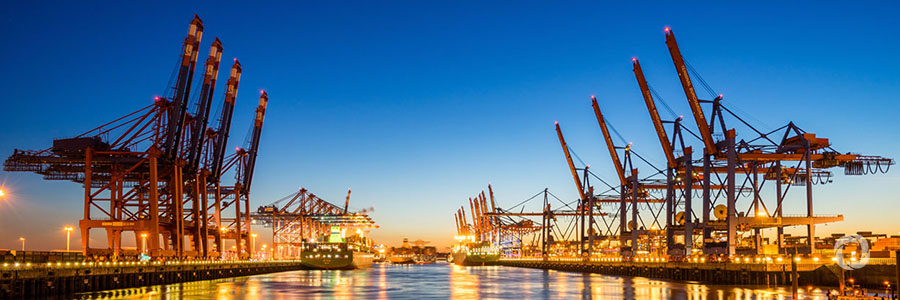The Greater Mekong Subregion (GMS) is a natural economic area bound together by the Mekong River, covering 2.6 million square kilometers and a combined population of around 326 million.
It comprises Cambodia, the People’s Republic of China (PRC, specifically Yunnan Province and Guangxi Zhuang Autonomous Region), Lao People’s Democratic Republic (Lao PDR), Myanmar, Thailand, and Viet Nam.
The subregion’s abundant natural resources provide both income and sustenance to the majority of people in the GMS who still subsist, in whole or part, on agriculture. Mekong nations are increasingly shifting from subsistence farming to more diversified economies, and to more open, market-based systems. In parallel with this trend are the growing commercial relations among the six GMS countries, particularly in terms of cross-border trade, investment, and labor mobility. Natural resources, including water for hydropower, agriculture, and fisheries, as well as timber, petroleum, and minerals, continues to significantly contribute to the subregion’s growth.
The GMS embraces flora and fauna that have expanded northward along the Malay Peninsula into Thailand – and onward to the Himalayan foothills – and have advanced along the broad river valleys as dry deciduous forests, similar to those of India. Ten million years of changing sea levels have left a rich legacy of unique life forms that have evolved in isolation on the Cardamom and Annamite mountains of Cambodia, Lao PDR, Thailand, and Viet Nam.
The rich human and natural resource endowments of the Mekong region have made it a new frontier of Asian economic growth. Indeed, the Mekong region has the potential to become one of the world’s fastest growing areas.
In 1992, with assistance from the Asian Development Bank (ADB), these six countries entered into a program of subregional economic cooperation, designed to enhance economic relations.
With support from ADB and other donors, the Greater Mekong Subregion (GMS) Program supports the implementation of high-priority subregional projects in agriculture, energy, environment, health and human resource development, information and communication technology, tourism, transport, transport and trade facilitation, and urban development.
To realize its vision of a prosperous, integrated, and harmonious subregion, the GMS program has adopted a three-pronged strategy (the 3 Cs):
- Increasing connectivity through sustainable development of physical infrastructure and the transformation of transport corridors into transnational economic corridors.
- Improving competitiveness through efficient facilitation of cross-border movement of people and goods and the integration of markets, production processes, and value chains.
- Building a greater sense of community through projects and programs that address shared social and environmental concerns.
The Greater Mekong Subregion Economic Cooperation Program Strategic Framework 2012-2022 was adopted at the 4th GMS Summit of Leaders in Nay Pyi Taw, Myanmar in December 2011. It is anchored on the development of economic corridors, which provides the spatial and thematic focus to the program.
The Strategic Framework for 2012-2022 expands the GMS Program from conventional infrastructure to multi-sector investments designed to foster economic corridor development, involving stronger cross-sectoral linkages, better consideration of regional economic development’s spatial aspects, more local stakeholder involvement, and more effective monitoring and evaluation.
In 2017, a midterm review of the Strategic Framework 2012-2022 was conducted to ensure the program’s continued effectiveness and responsiveness. The review set the directions and operational focus for the remaining 5 years of the strategic framework. These were to be embodied in the Ha Noi Action Plan 2018-2022, which calls for an expansion of economic corridors to boost connectivity between countries and within rural and urban centers to ensure the benefits of economic growth will be more broadly distributed.
In September 2017, the 22nd Ministerial Conference in Ha Noi, Viet Nam endorsed the GMS Regional Investment Framework 2022 to support the Ha Noi Action Plan. This medium-term pipeline of priority projects consolidates and expands the current Regional Investment Framework (2013-2022).
Substantial progress has been achieved in implementing GMS projects since 1992. More than $20 billion in investments have been directly channeled through the program.
Original source: Greater Mekong

